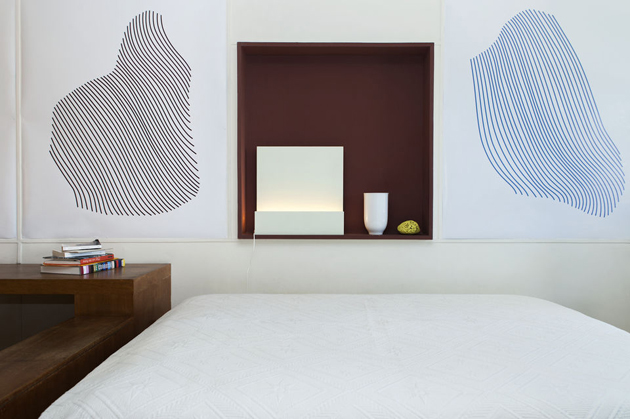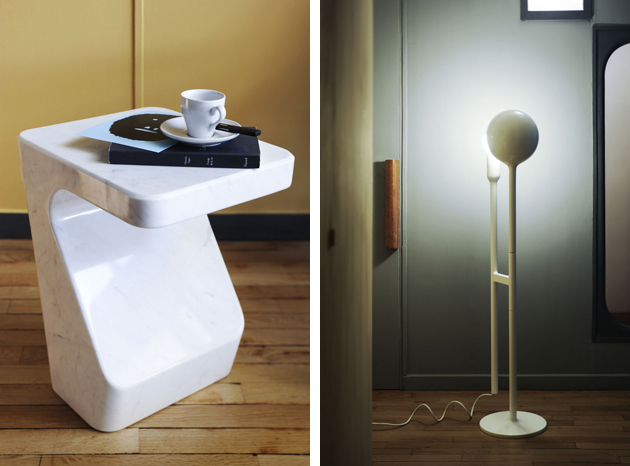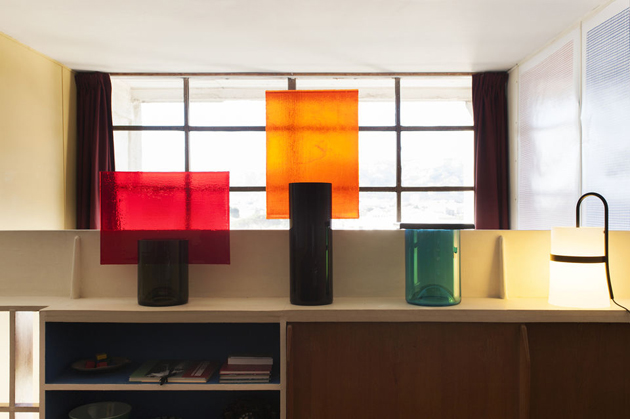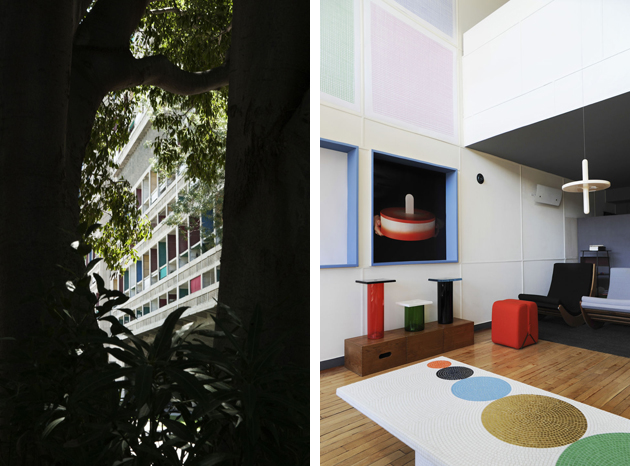
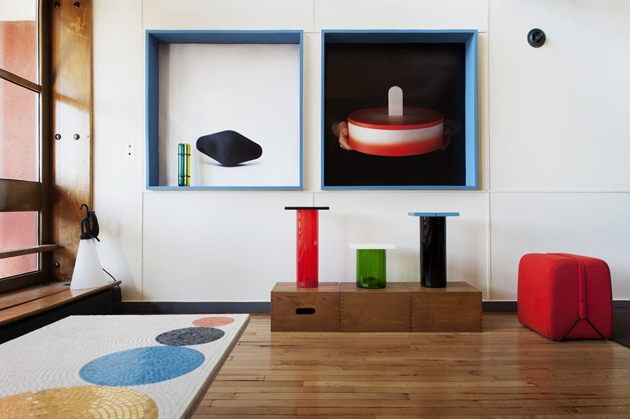
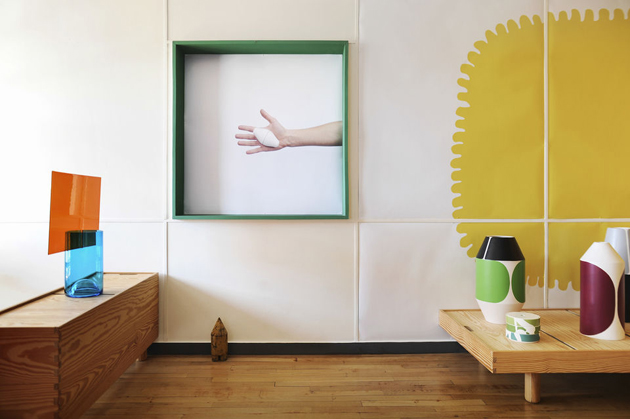
Designed immediately after the end of Second World War and built between 1947 and 1952, Le Corbusier’s Cité Radieuse in Marseille is an imposing building: 137 meters long, 24 meters wide and 56 meters high, with 18 stories set on massive piloti that can house up to 3000 people. Structured as a rigid architectural grid based on a single, carefully proportioned, apartment unit, Cité Radieuse represents the synthesis of Le Corbusier’s thought, a monument to the Modern Movement and a concrete utopian dream. Unlike many similar large housing units, Cité Radieuse remains popular with its residents, mainly upper middle-class professionals and intellectuals. One of its residents is Jean-Marc Drut. Since 2008, Mr. Drut has asked Jasper Morrison, Erwan and Ronan Boroullec, Konstantin Grcic and now Pierre Charpin to furnish the interior of his n°50 apartment.
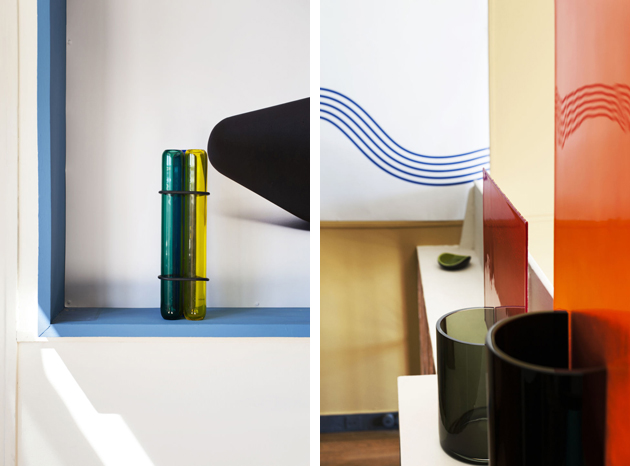
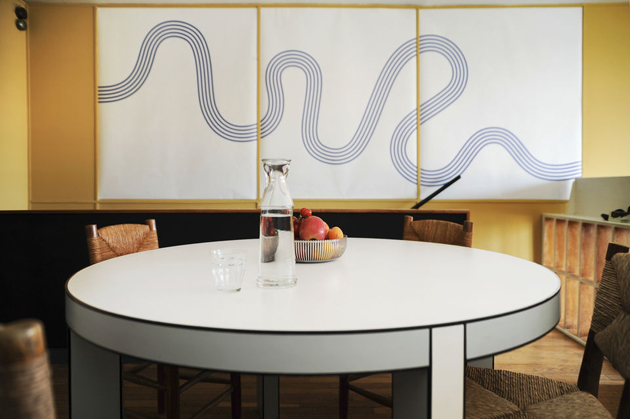
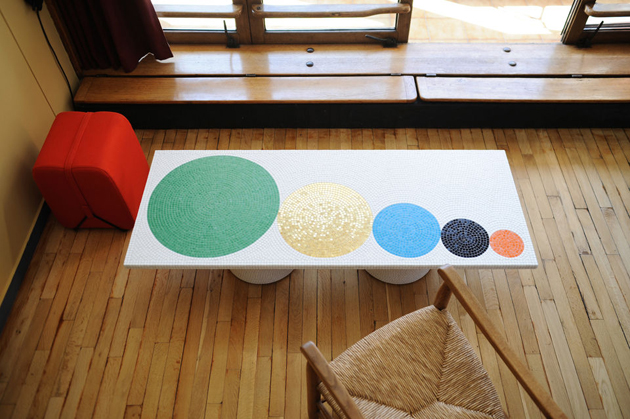
Bearing witness to a particularly visionary moment in design history, apartment N°50 sets a challenging background for any object placed within its walls and it is particularly difficult not to draw comparisons between the original Le Corbusier, Charlotte Perriand and Jean Prouvé-designed furniture and its contemporary counterparts. At the same time, it is also difficult to view apartment N°50 as a regular residence, rather than a house-shaped monument. Aware of the building’s significance, Charpin said “For me, it was clear that I didn’t want to propose just an exhibition of my own objects in a famous apartment. I wanted to do some kind of arrangement with my own objects in a way that respected the lives of the owners. The challenge was to be present but not invasive.” Differently from his predecessor Konstantin Grcic, whose choice of punk-zine prints transformed the apartment in a sterile gallery, Charpin opted for a more subtle and homely touch. By mixing limited edition objects, such as his Série Écran vases with industrially produced furniture (Desa table lights, Via shelf, Chaise Empilabile chair, Stump side table), Charpin created a visually rich project – colorful, slightly lived-in and far more authentic – silently acknowledging the apartment’s past – though bold use of colour reminiscent of Le Corbusier’s facade and rich drawings –, and its present everyday use.
